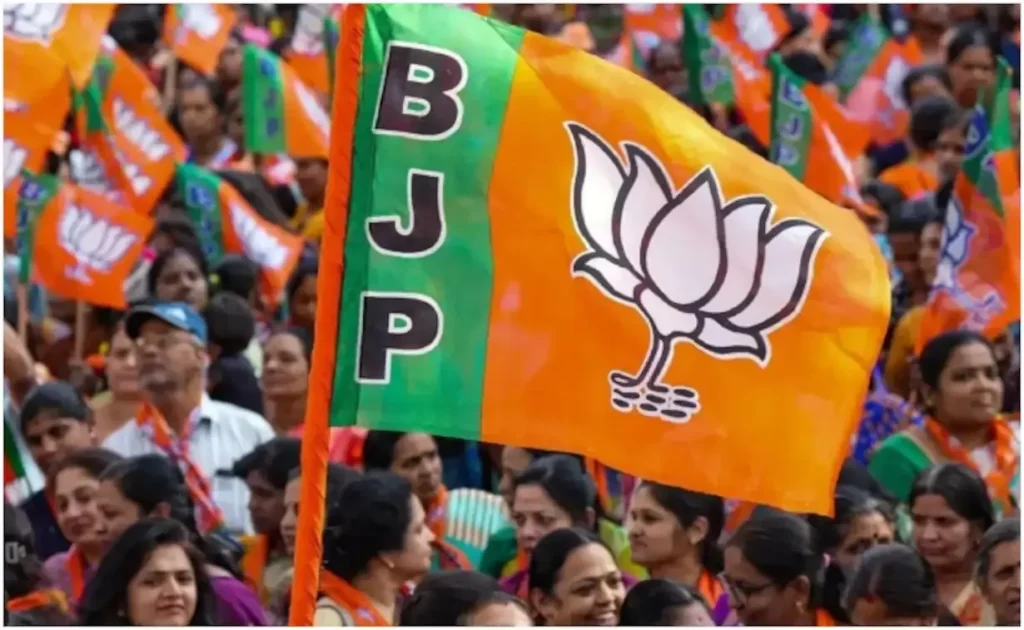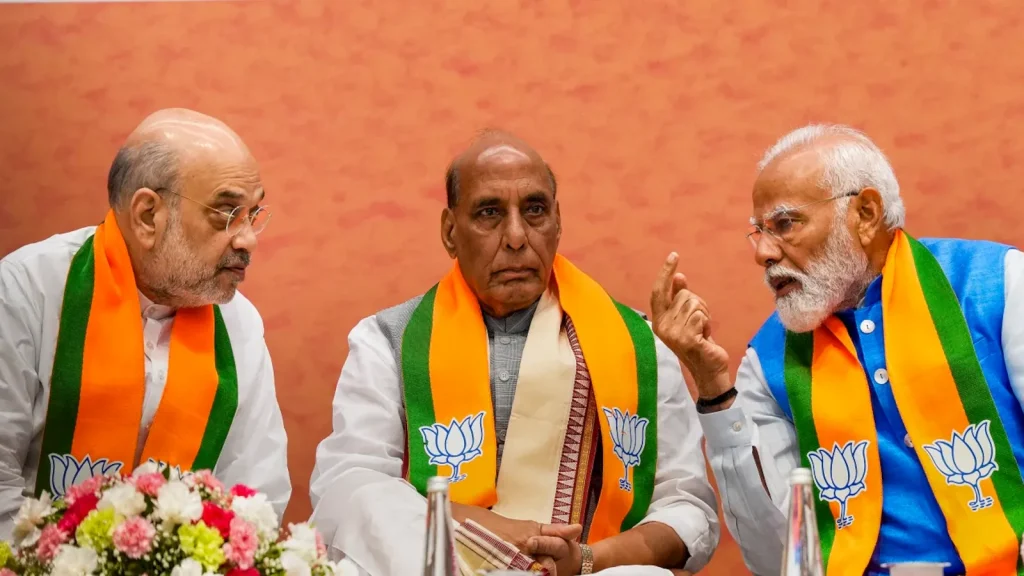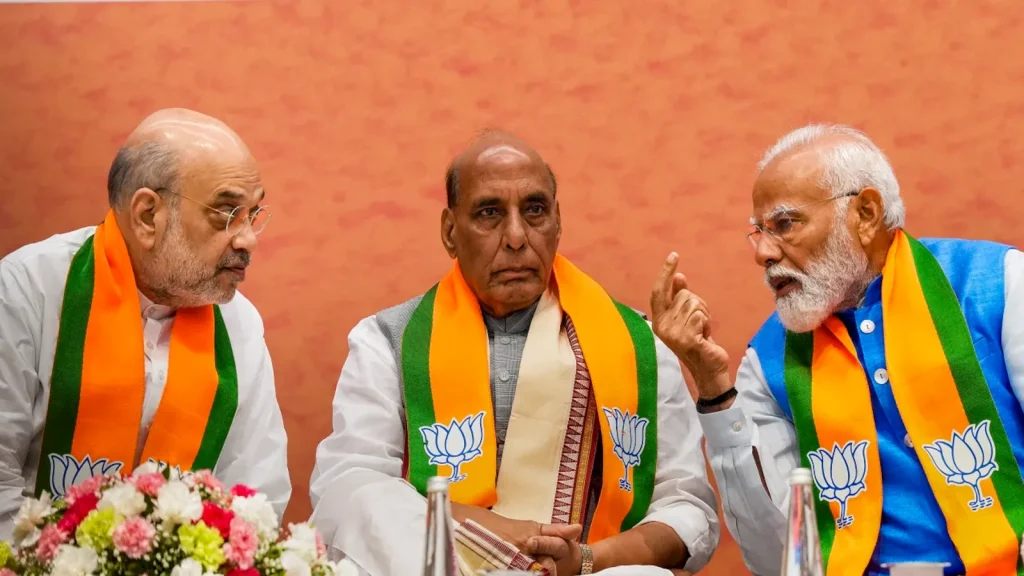Was BJP’s ‘Abki Baar 400 Paar’ ambitious or was it an exaggerated agenda? Modi’s promise of making the country’s economy the third largest in the world did not gain much support from voters. Though Narendra Modi has led India at a fast pace, the opposition has been able to overcome the challenges posed by the BJP even faster, the trend since the beginning of the counting shows.

Early trends have already made it clear that the NDA is struggling to cross 300 seats without realizing the BJP’s slogan of ‘Abki Baar 400 Par’. Even though the majority has decreased, it has become clear that the Modi 3.0 regime will return at the centre.
But on the contrary, the BJP’s aim of securing 370 seats and over 400 for the NDA has not materialized.
Critics have likened the ‘400 Paar’ campaign to the unsuccessful ‘India Shining’ slogan of the past. During Modi 2.0, despite a strong economy amidst Covid disruptions, the opposition highlighted issues like unemployment and inequality, painting a negative picture. The election results reinforce the opposition’s claim that the Modi government has not adequately addressed these challenges.

While India’s global economic standing is acknowledged, rural living conditions, where the majority of voters reside, continue to lag behind. The BJP’s efforts to expand its voter base among Muslims and Christians have faced obstacles, with minority votes largely favouring opposition parties.
The biggest achievement of the opposition is to consolidate the fragmented opposition votes under the I.N.D.I.A front banner. Rahul Gandhi’s mega offer of one lakh rupees to every poor woman was in the manifesto of the Congress. Even if one-third were targeted at women, the offer would cost more than half of India’s total annual budget. But such declarations brought the rural Indian people closer to the opposition parties. It is estimated that it has alienated many poor voters further from the BJP fold.

The I.N.D.I.A Front also made some other tempting offers like removing the 60% cap on employment quota and abolishing the Agniveer scheme in army recruitment. Above all, Rahul Gandhi announced that he would implement a radical agenda of redistribution of wealth in the country.
The Ram Mandir was seen as an election attraction for the BJP, but the results in Uttar Pradesh show that it did not do much good in the elections. Modi’s promise to make the economy the third largest in the world also failed in a way.

Now come Modi 3.0 rule. What makes Indian politics unique again is that there will be an I.N.D.I.A front to defend it in every plan and announcement rather than what will be in it.
When the new government chapter begins, Indian politics witness the emergence of the India front as a pivotal force, emphasizing a shift towards addressing the populace’s needs and aspirations rather than mere rhetoric.
